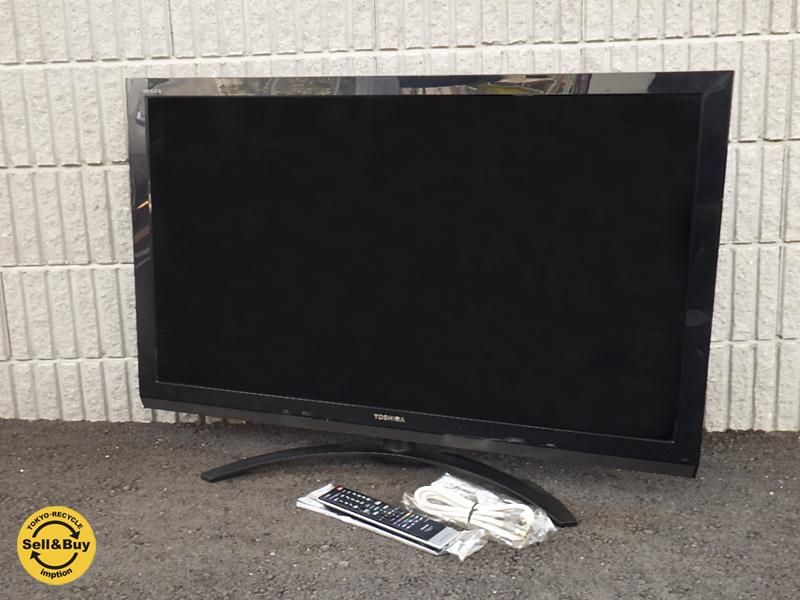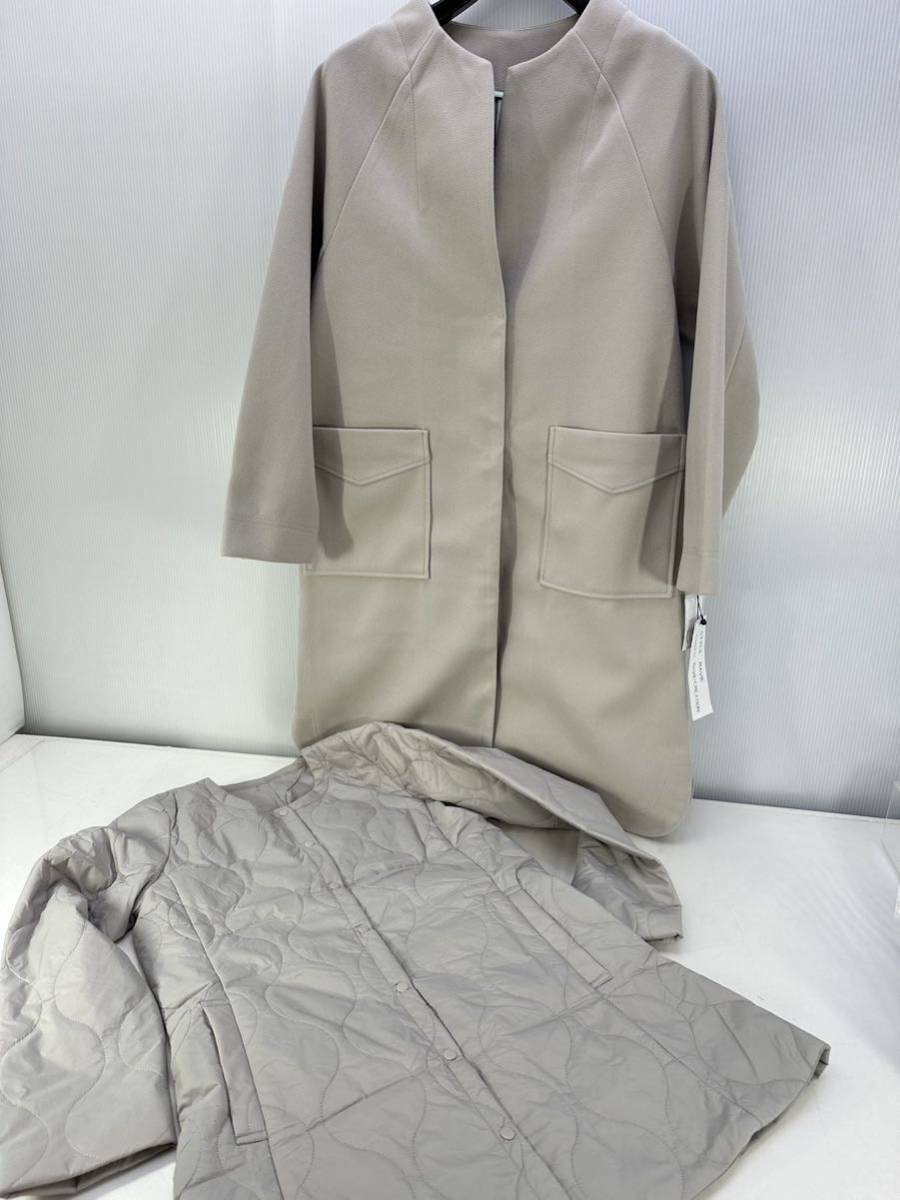新品★定価25,_レザータッチジョガーパンツ
(税込) 送料込み
商品の説明
Whim Gazette
ウィムガゼット
レザータッチジョガーパンツ
新品タグ付き
定価25,
サイズは6枚目の画像をご確認ください。
ハードすぎず大人らしく楽しめるレザータッチパンツ
■本革のような質感のフェイクレザーを使用したジョガーパンツ。
■生地の裏面には滑りの良い加工を施し、裏地がなくとても軽く、ウエストゴムのリラクシーな着心地が魅力。
■ストレスフリーでありながら、スタイリングにアクセントを効かせられる存在感のある一着。
■セルフケアも可能で気兼ねなく着用でき、毛玉や埃も付きにくくウール系アウターやニットに合わせやすいのもうれしいポイント。
■ツヤ感のある風合いがシーズンコーデに抜け感をプラスしてくれる、大人のイージーパンツ。
カラー···ブラック
季節感···春、秋、冬商品の情報
| カテゴリー | レディース > パンツ > カジュアルパンツ |
|---|---|
| 商品のサイズ | FREE SIZE |
| ブランド | ウィムガゼット |
| 商品の状態 | 新品、未使用 |

過去最高の値上がり相場! バーキン25 編 | YOCHIKA BLOG

イタリア製 定価25万 バニラクリームフリル襟コットンニットアンサ

バーキン25 セリエ 外縫い エトゥープ ベージュ

正規品 定価25万円 HERMES エルメスMC2 フレミング グリアスファルト | フリマアプリ ラクマ

正規品 定価25万円 HERMES エルメスMC2 フレミング グリアスファルト

正規品 定価25万円 HERMES エルメスMC2 フレミング グリアスファルト

正規品 定価25万円 HERMES エルメスMC2 フレミング グリアスファルト

イタリア製 定価25万 バニラクリームフリル襟コットンニットアンサ

正規品 定価25万円 HERMES エルメスMC2 フレミング グリアスファルト

【定価25万】Loewe Bomber Jacket ロエベ ボンバージャケット

イタリア製 定価25万 バニラクリームフリル襟コットンニットアンサ
![バーキン25 ヒマラヤ ニロティカス クロコダイル[] Birkin25 Himalaya](https://www.bettyroad.co.jp/img/benefit/mo1/em612_mo.jpg)
バーキン25 ヒマラヤ ニロティカス クロコダイル[] Birkin25 Himalaya

HERMES エルメス クラッチポーチ バッグ

【定価25万】Loewe Bomber Jacket ロエベ ボンバージャケット | フリマアプリ ラクマ

商品一覧|ポケモンカードゲーム25周年記念サイト
☆激レア!【定価16万!】インビクタ カジノ ルーレット 自動巻 メンズ

東芝 / TOSHIBA レグザ / REGZA 42型 液晶テレビ プレミアム高画質
☆激レア!【定価16万!】インビクタ カジノ ルーレット 自動巻 メンズ

エルメス(Hermes) バーキン(Birkin) 25 バッグ | 通販・人気ランキング

2022年10月改定》【A.ランゲ&ゾーネ】”現行モデル定価表” | コミット銀座

25 5cm 定価2万3650円 新品 NIKE AIR JORDAN 36 SE XXXVI SE RUI

恵比寿明治通り店】HERMES エルメス ハンドバッグ バーキン25 ヴェルソ

AERA (アエラ) 2023年 9/25 増大号【表紙:向井康二(Snow Man

【定価25万】Loewe Bomber Jacket ロエベ ボンバージャケット

ネスぺの剣25 ~ネットワークスペシャリストの最も詳しい過去問解説

直営限定アウトレット スタイル・ラヴィー 中綿キルトライナー付

Giorgio Armani - 定価25万円 ジョルジオアルマーニ ブルゾンパーカー

第二弾 ボリード1923(25)とボリード27のサイズ比較🌟 | YOCHIKA BLOG

25歳ではじめた長崎のベンチャー企業が世界で注目されるようになった

U-25-3a クボタ 新品未使用 標準機

2023年7月25・26日発売 少女漫画新刊2冊セット 少女漫画 | www

マルタンマルジェラ トートバッグ(メンズ)の通販 200点以上 | Maison

バーキン25 ローズサクラ ピンク

撃沈戦記―海原に果てた日本艦船25隻の航跡 (光人社NF文庫) | 木俣 滋郎

2/25・3/6発売|Nike Air Max 1

mont-bell モンベル> RERA PACK 25 Women's レラパック 25 ウィメンズ

国際ブランド ヒムロスギ☆約25センチ10本‼️ヤマトネコポス発送

恵比寿明治通り店】HERMES エルメス ハンドバッグ バーキン25 ヴェルソ

【定価25万】Loewe Bomber Jacket ロエベ ボンバージャケット

Amazon.co.jp: バイオハザード 25th エピソードセレクション Vol.3






商品の情報
メルカリ安心への取り組み
お金は事務局に支払われ、評価後に振り込まれます
出品者
スピード発送
この出品者は平均24時間以内に発送しています














